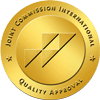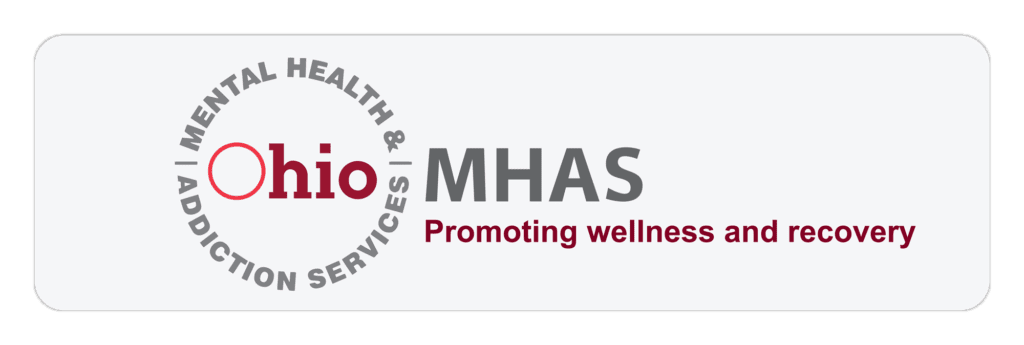Eastlake, Ohio is located approximately 20 miles northeast of downtown Cleveland, with the northern-most part of the city resting along the Lake Erie coastline. This makes Eastlake one of the best places in the region for families to call home. It has the quiet, waterfront vibe of a small city with easy access to the resources and nightlife of nearby Cleveland. However, while Eastlake, Ohio may sound idyllic, it has not been able to avoid the growing alcohol and drug abuse epidemic sweeping Ohio and the rest of the country.
Sadly, the people of Eastlake are no strangers to alcohol and drug addiction. In fact, prescription drug and alcohol abuse have been on the rise in the city, reflecting an epidemic that has taken hold in many parts of the United States. Fortunately, there is hope. If you’re looking for a drug rehab facility with inpatient and outpatient services, counseling, detox, and dual diagnosis treatment near Eastlake, Ohio, then Prosperity Haven is just a short drive or phone call away.
Naturally, the drug epidemic in Eastlake and the rest of Ohio is a complex issue that is difficult to address at the individual level. You may want to help yourself or someone you love overcome addiction, but it is also a good idea to understand exactly how drug and alcohol abuse have affected (and continue to affect) the people of Eastlake. So, in today’s guide, we will cover some of the latest drug abuse statistics in the city, as well as programs utilized to combat the crisis. Additionally, we will discuss some of the most pressing issues faced by people dealing with drug or alcohol addiction in Eastlake, Ohio.
The Drug Addiction Crisis in Eastlake
Eastlake is an aptly named city, as it shares a long border with Lake Erie and sits just a short drive east of Cleveland. It is one of the largest cities in Lake County with a population of a little over 18,000 people (as of 2020). Though the city is somewhat lacking in racial diversity, there is a thriving immigrant community, with a surprisingly large number of non-native English speakers. In fact, nearly 3% of the local population claims Croatian as their first language.
And while Eastlake has a relatively young population and strong workforce, the city has been hit hard by several unexpected events. First, in 2003, the city was home to the FirstEnergy powerplant, which caused the single largest blackout in American history. A few years later, the housing crisis and subsequent recession caused widespread financial and job insecurity. Most recently, the COVID-19 pandemic made it even harder for the local economy to remain stable. During all of these periods, the substance abuse crisis grew in the shadows, eventually growing into a full-blown epidemic.
Though Eastlake is part of Lakewood County, it is relatively close to the border with Cuyahoga County. Generally speaking, Cuyahoga County has experienced more crime and deaths related to drug abuse, and many of these issues have spilled over into nearby Lakewood. According to the local Eastlake government website, the Lakewood Police and Fire departments responded to 251 overdose calls, 28 of which resulted in heroin-related deaths. Local and statewide trends only indicate that these numbers have increased with the onset of the COVID-19 pandemic.
Eastlake Drug and Alcohol Abuse Vs. the Rest of Ohio
When compared to the rest of Ohio, Eastlake records higher-than-average numbers of drug overdoses and deaths. Between 2010 and 2018, drug-related deaths in Lake County nearly doubled, peaking at 94 annual deaths in 2016. However, it’s important to remember that this statistic includes all of Lake County. When looking at the total population, Eastlake only accounts for about 8% of the entire county. Thus, compared to the county at large, Eastlake records a relatively small number of overdoses and deaths each year.
Nonetheless, Eastlake sees drug abuse and overdose rates that are higher than the state average. That said, many larger cities and districts in Ohio have much higher drug-related death rates. For example, cities like Columbus have recorded annual death rates close to 36%, while smaller cities like Batavia have recorded rates as high as 52% within the last few years. Both of these are far higher than the 28% death rate (as of 2020) in Eastlake.
Alternatively, cities like Wakaponeta and Ashland have recorded overdose death rates as low as 2% and 7%, respectively. The variations in death rates are often directly related to the availability of drugs like heroin and fentanyl, as well as the ease of access to medical and drug rehab facilities in the area. However, factors like poverty, age demographics, and crime rates can also impact the number of overdoses and the percentage of drug-related deaths.
In short, Eastlake does not experience the highest rates of drug abuse or death in Ohio, nor does it see the lowest rates. The truth is that Eastlake is much like many other small cities throughout Ohio and the nation. Even with a strong economy and a large middle-class population, many people in the area suffer from addiction to prescription painkillers and illegal drugs. Though the local government and authorities have worked to combat drug and alcohol abuse in Eastlake, various factors have made it difficult for many residents to overcome their addictions.
Substance Abuse Treatment & Prevention in Eastlake
After the disheartening statistics of 2016, the leaders of the Eastlake government decided to take action against the mounting number of drug-related deaths in the city. Consequently, in 2017, the city began collaborating with other county initiatives to pilot a rapid overdose response program known as Project SOAR. The primary aim of the program is to help educate the local population about opioid abuse and reduce the total number of overdoses in Lake County and the larger Cleveland area. Like many other cities in the area, Eastlake depends on Lake County and Cleveland for many of its public services and initiatives. Currently, there are various Lake County-level programs, as well as anti-drug initiatives available throughout the larger Cleveland metropolitan area.
Eastlake, Ohio Addiction Statistics
Thus far, we have covered some of the broader facts concerning the drug and alcohol crisis in Eastlake. However, it is important to look at the hard numbers as well. This is the only way to see an accurate picture of how the city is faring compared to years past (as well as how it compares to other cities throughout Ohio and the rest of the country). So, here are a few of the latest and most relevant findings in Eastlake, Ohio as of 2020:
- Annual Overdoses: 26
- Cause of Overdose
- Unspecified Substances: 81%
- Illicit Substances: 9%
- Prescription Drugs: 10%
- Annual Drug-Related Deaths: 7
Addiction Recovery Rehab in Eastlake, Ohio
As you can see, the beauty of Eastlake has not kept the residents safe from the growing opioid crisis, street drugs, or alcohol abuse. Consequently, there has been an increasing need for drug and alcohol rehabilitation in the city and surrounding areas. Local city and county government efforts can only do so much to curb the growing epidemic.
Fortunately, Eastlake residents have access to high-quality drug and alcohol rehabilitation. If you or someone you love is facing addiction and needs help, Prosperity Haven is just a short drive from Eastlake, making it easy for victims of drug abuse to be admitted for inpatient or outpatient treatments. In addition to detox and counseling, Prosperity Haven offers dual diagnosis treatment, residential inpatient programs, group and family therapy, as well as holistic approaches to address the broader needs of each individual.
Are you or someone you love struggling with drug addiction in Eastlake, Ohio? Do you need help from professionals to rid yourself of drug or alcohol abuse? Are you looking for treatment options nearby that can help address drug addiction using a wide range of treatments? If so, feel free to contact the experts at Prosperity Haven to learn more about your options.
Verify Your Insurance
Complete the Form Below to Find Out if You Have Coverage
Complete the Form Below
to Check if You Have Coverage
"*" indicates required fields









